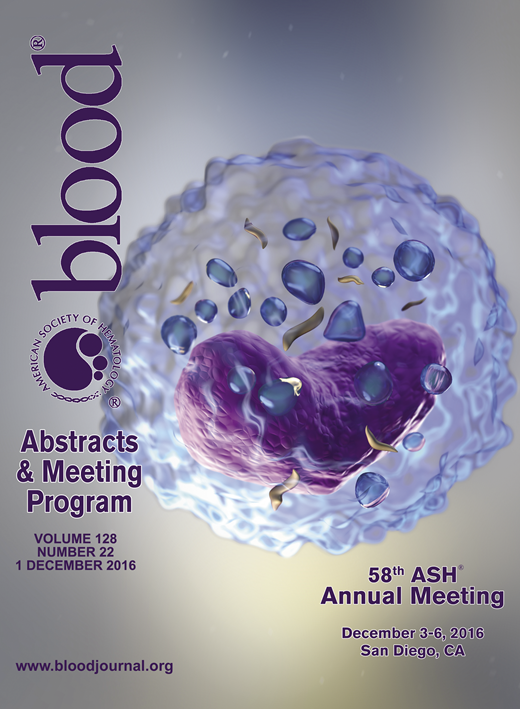Abstract
Introduction: Preclinical researches on the use of mesenchymal stem cells (MSCs) transplantation to treat hypoxic-ischemic (HI) brain damage have received some encouraging results. However, the insufficient migration of active cells to damaged tissues has limited their potential therapeutic effects. There is a good evidence that hypoxia inducible factor-1 alpha (HIF-1α) promotes the viability and migration of cells. This study was designed to investigate whether overexpression of HIF-1α in MSCs could be effective to enhance the therapeutic efficiency.
Methods: MSCs were obtained from rat femoral and tibial bone marrow, and cells with HIF-1α overexpression were gained by recombinant lentiviral vector. The proliferation and migration of MSCs were assessed by 3-(4, 5-Dimethylthiazol-2-yl)-2, 5-diphenyltetrazolium bromide (MTT) assay and transwell culture system. Additionally, the therapeutic efficiency of MSCs after transplantion on HI brain damage in rats were investigated by Morris water maze test and histological examination to analyse the cognitive and pathological changes, and the recruitment in the hippocampus was also observed microscopically.
Results: (1) As evidenced by phase contrast and fluorescence microscopy, more than 90% of the cells were GFP-positive when infected with the HIF-1α or GFP lentiviral, and the protein expression of HIF-1α in HIF-1α transduced MSCs was approximately 2-fold that in normal MSCs and GFP transduced MSCs (P<0.01). The results of MTT assay showed that overexpression of HIF-1α promoted the viability and proliferation of MSCs (P<0.01). (2) Meantime, we found MSCs were enhanced the migration both in vitro and in vivo experiments. According to transwell assay, the number of cells migrating to the lower compartment in HIF-1α overexpression group was more than other two groups (P<0.01). In vivo experiments in HI-induced rats, the number of MSCs in the hippocampus increased gradually in a time-dependent manner from day 7 to day 21 after transplantation. And a remarkably increased in the recruitment of HIF-1α transduced MSCs was observed in the hippocampus at every time point compared with GFP transduced MSCs (P<0.01). (3) HIF-1α overexpression also elevated the therapeutic efficiency of MSCs on behavioral and histological aspect in HI-induced brain damaged rats. Morris water maze test suggested that the rats suffered from cognitive dysfunction due to HI treatment. There were a significantly increased of time in the target quadrant in both MSCs transplanted groups compared with HI-vehicle group, but a more increase in the amount of time have been found in HIF-1α overexpressed MSCs group (P<0.01). In contrast with sham group, the pathological changes of the hippocampus in the HI-vehicle group revealed serious injury, and the cells were disordered and cavitation was visible by hematoxylin and eosin staining, but the damages were partly mitigated in HIF-1α overexpressed MSCs transplanted group as compared to other groups.
Conclusion: Taken together, these data indicated that overexpression of HIF-1α could improve the therapeutic efficiency of MSCs, and transplantation of MSCs with HIF-1α overexpression may represent an attractive therapeutic option to treat HI brain damage in the future.
Footnotes: This work was financially supported by National Natural Science Foundation of China (Gant No. 81270566, Gant No. 81500114).
No relevant conflicts of interest to declare.
Author notes
Asterisk with author names denotes non-ASH members.

